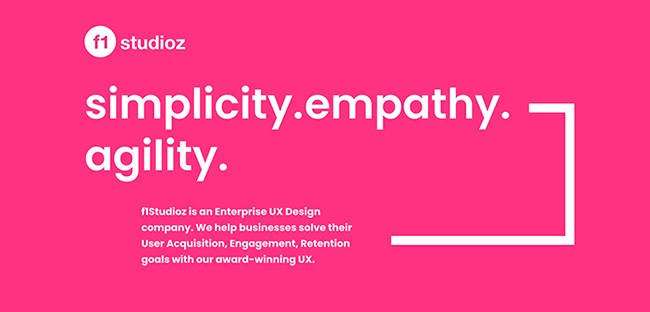
The rise of telehealth has changed healthcare, making it more convenient and efficient for both patients and doctors. However, this digital transformation must address a critical aspect—accessibility. Telehealth platforms must cater to diverse patient groups, including those with disabilities, varying levels of digital literacy, and differing healthcare needs. By prioritising accessibility in user experience (UX) design, telehealth can truly fulfill its promise of inclusivity and effectiveness.
The Growing Need for Accessibility in Telehealth
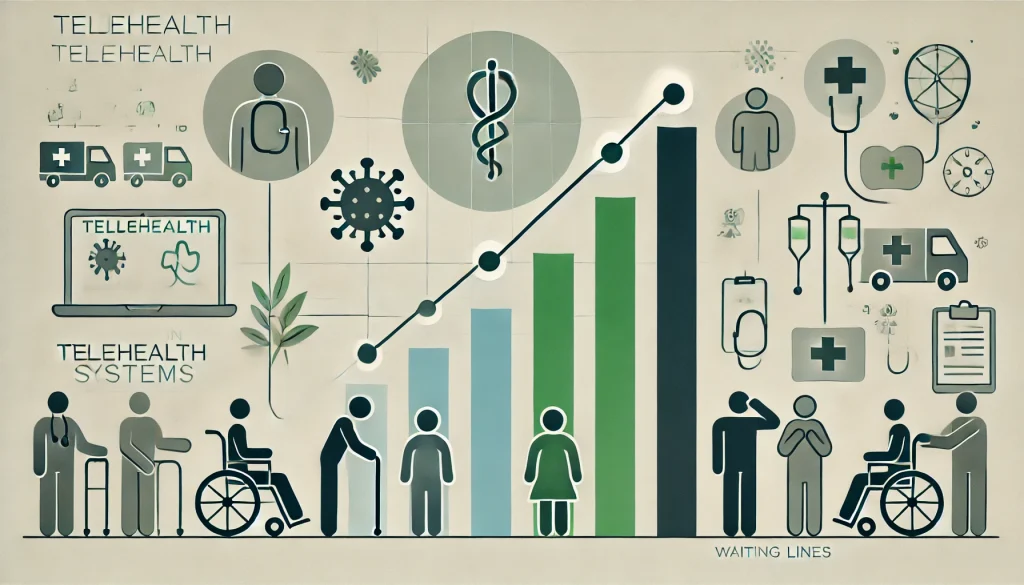
Globally, over 1 billion people live with some form of disability, accounting for approximately 16% of the world’s population, according to the World Health Organization (WHO). Yet, this significant demographic is often overlooked in digital innovations, including telehealth platforms.
The pandemic-driven surge in telehealth adoption revealed both its potential and its limitations. Telehealth visits increased by 154% during the last week of March 2020 compared to the same week in March 2019, according to CDC data. However, many patients found these platforms difficult to navigate, particularly those with disabilities, language barriers, or limited internet access.
This demand for accessible telehealth is further amplified by aging populations, especially in regions like Asia and Europe, which house a large share of the world’s elderly. Older adults frequently encounter challenges such as declining vision, hearing, or mobility, making intuitive and user-friendly telehealth platforms a necessity. Coupled with the rising demand for mental health services, where patients may already feel overwhelmed, accessible design becomes even more critical for effective care delivery.
What Does Accessibility in Telehealth Entail?

Accessibility in telehealth involves designing platforms that are usable by people with varying abilities, including visual, auditory, cognitive, and motor impairments. It also includes accommodating patients with limited digital literacy or outdated devices. The key components of accessible telehealth design include:
User-Centric Design
Designing with the end-user in mind ensures that telehealth platforms cater to diverse needs. Inclusive design should involve patients with disabilities during the testing and feedback stages. For example, understanding how visually impaired patients use screen readers can refine the platform’s functionality.
Assistive Technology Integration
Telehealth systems should support screen readers, text-to-speech tools, and closed captioning for video consultations. Additional features, such as real-time transcription, can benefit patients with auditory impairments while also serving as a valuable resource for caregivers.
Adaptable Interfaces
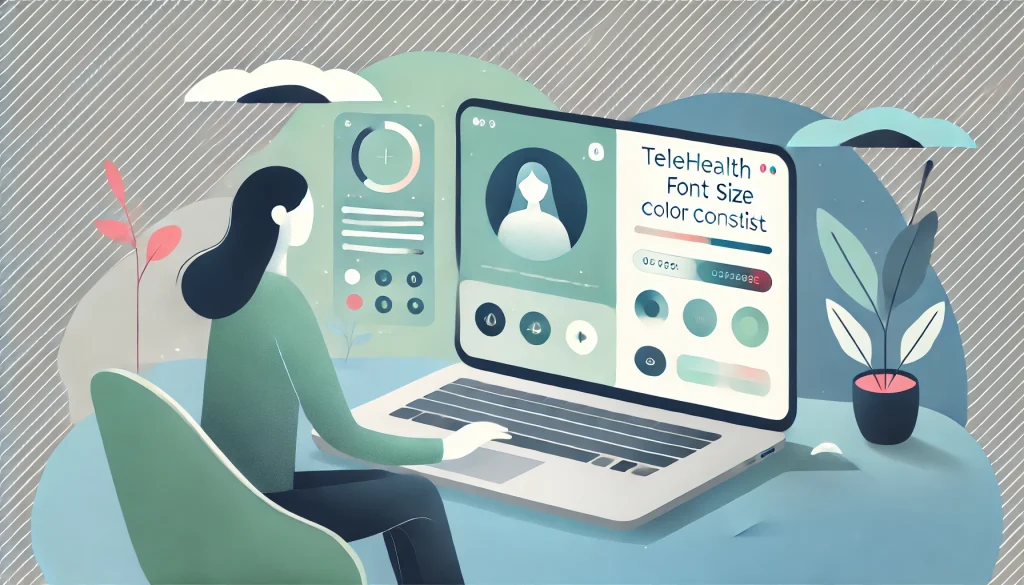
Features like adjustable font sizes, colour contrast settings, and voice-controlled navigation enhance usability for patients with visual or motor impairments. Gesture-based controls for touchscreens could also support patients with limited hand dexterity.
Language Support
Multilingual support, text simplification, and the use of universally recognised symbols can assist patients with language barriers or limited literacy. Language-specific bots can provide additional guidance, ensuring smooth communication.
Compliance with Standards
Telehealth platforms should adhere to standards like the Web Content Accessibility Guidelines (WCAG) and local regulations such as the Americans with Disabilities Act (ADA) or similar frameworks worldwide. These standards evolve, so staying updated is crucial to maintaining accessibility compliance.
Challenges in Implementing Accessible UX for Telehealth
Despite its importance, implementing accessibility in telehealth comes with challenges:

1. Complex User Needs
Patients with disabilities have diverse and overlapping requirements, making it difficult to create a one-size-fits-all solution. For instance, a platform might need to simultaneously cater to a visually impaired user and one with limited mobility, each requiring tailored features.
2. Technology Gaps
Limited internet access, particularly in rural and low-income areas, hinders accessibility. In India, for example, only about 52% of the population have access to the internet. Moreover, inconsistent device standards across regions complicate platform compatibility.
3. Provider Training
Healthcare providers need training to effectively use accessible telehealth platforms and assist patients during consultations. Training programs should emphasise empathy and technical know-how to ensure that providers can cater to all patients equally.
4. Costs and Resources
Incorporating accessibility features often requires additional investment in technology and UX design expertise, which some organisations may hesitate to prioritise. Long-term cost-benefit analyses can demonstrate the value of accessible platforms in expanding market reach and reducing legal risks.
Benefits of Accessible Telehealth UX
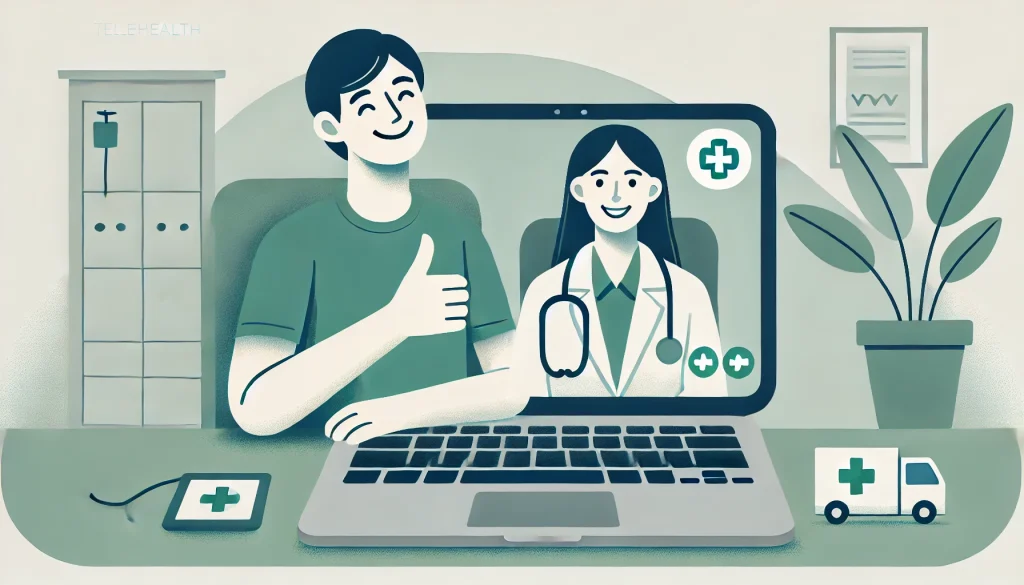
Investing in accessible UX design for telehealth has far-reaching benefits:
a. Enhanced Patient Outcomes
Accessibility ensures that patients with disabilities receive timely care without unnecessary delays caused by usability challenges. For example, patients with cognitive impairments benefit from platforms that simplify appointment scheduling and provide visual reminders for follow-ups.
b. Increased Reach
Inclusive telehealth platforms can cater to a larger patient base, including underserved populations such as rural communities and elderly patients. Telehealth systems that work on low-bandwidth connections or offline modes can significantly increase accessibility.
c. Compliance and Risk Mitigation
Adhering to accessibility regulations reduces the risk of legal actions and fosters trust among patients. Compliance can also enhance an organisation’s reputation as a socially responsible entity.
d. Improved Patient Satisfaction
An intuitive and user-friendly telehealth experience encourages patients to engage more actively in their healthcare. Positive user experiences often translate into higher retention rates and increased patient loyalty.
Designing UX for Patients with Varying Needs
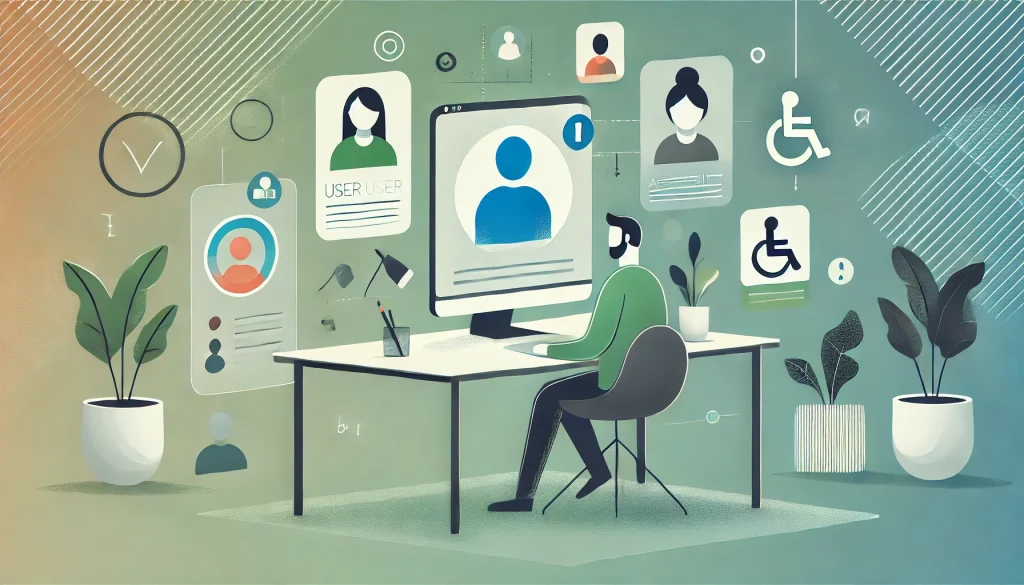
Telehealth platforms must strike a balance between functionality and simplicity. Here’s how:
i. Empathy-Driven Design
UX designers should engage directly with patients to understand their unique challenges and preferences. For instance, designing a platform that works well with assistive devices like braille readers or eye-tracking systems. Empathy-driven design can also identify pain points that might otherwise go unnoticed.
ii. Simplified Navigation
Reduce cognitive load by using clear icons, minimal text, and straightforward navigation paths. Users perform better on interfaces with simplified navigation, especially when under stress. Adding breadcrumbs or progress indicators can help users understand where they are in their journey.
iii. Real-Time Assistance Features
Adding live chat or video assistance can help patients navigate the platform or troubleshoot technical issues during consultations. Virtual assistants powered by AI can further enhance this feature by providing instant responses.
iv. Device-Agnostic Platforms
Ensure compatibility with various devices and operating systems, allowing users to access telehealth services seamlessly across smartphones, tablets, and desktops. Web-based platforms that don’t require downloads can further ease access.
v. Regular Testing and Updates
Continuous testing with diverse user groups and incorporating their feedback ensures that platforms evolve with changing accessibility needs. Additionally, periodic updates can incorporate emerging technologies and address user concerns promptly.
Future Directions in Accessible Telehealth
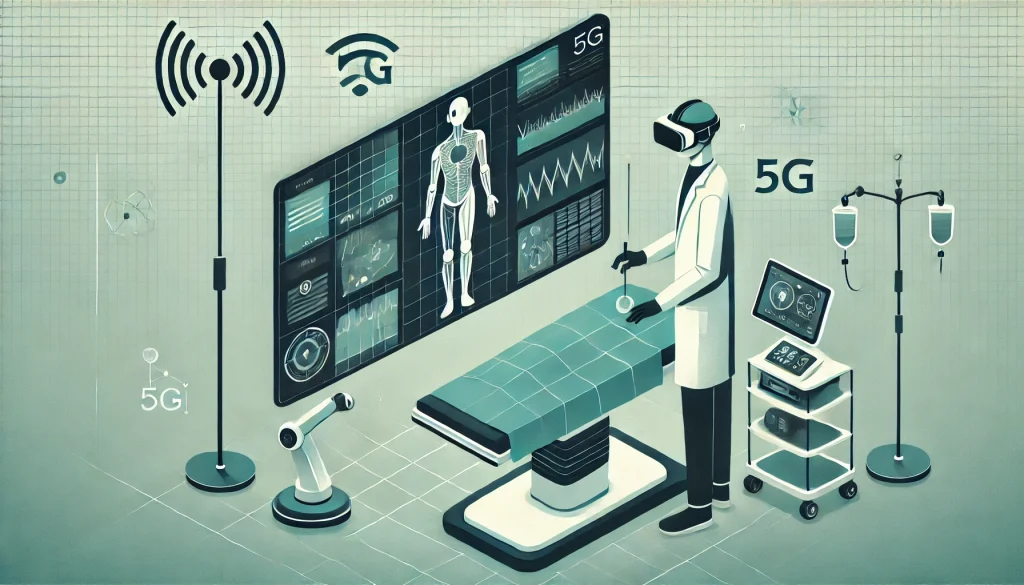
The future of accessible telehealth depends on technological advancements and societal shifts toward inclusivity.
- AI and Machine Learning
AI-driven solutions can personalise user experiences, such as automatically enabling accessibility features based on a user’s needs. Predictive analytics can also help healthcare providers proactively address patients’ challenges.
- 5G Connectivity
Enhanced internet speed and reliability from 5G networks can bridge the gap in underserved areas. With faster connections, telehealth platforms can offer more interactive and real-time features, like virtual reality consultations for patients needing detailed visual demonstrations.
- Global Standards Adoption
Promoting universal accessibility standards can harmonise efforts across countries, ensuring consistency in telehealth services worldwide. Collaborative efforts between governments, healthcare providers, and technology developers are essential to achieve this goal.
Conclusion

By incorporating inclusive UX design principles, healthcare providers and developers can create platforms that serve patients equitably, regardless of their abilities or backgrounds. As telehealth continues to grow, prioritising accessibility will ensure that no patient is left behind in the digital healthcare revolution.
Also Read: My Health, My Way: UX Designs the Patient Experience!

